Plants You Can Still Plant In Late Summer
- Details
- Category: 99+1 Days of Summer
- Published: Friday, 13 August 2021 03:00
Were you hoping to start a garden this summer, but for one reason or another, didn't manage to get around to it? Fear not! Thankfully, you still have an opportunity to plant some crops and enjoy your own garden vegetables this summer and into the fall.
Here are 6 vegetables you can start planting now. (This article was originally from pthomeandgarden.com).
1. Carrots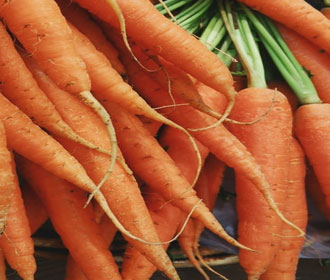
You can actually plant carrots in your garden roughly every three weeks. The best time to start planting your carrots is late July to early August, which gives the seeds the best chance of producing carrots in the fall. Note, however, that if you leave them in the ground, their biennial nature will take over. The tops will flower and then produce seeds in their second year. Plant the seeds approximately three to four inches apart. Remember to weed and water the carrots regularly. Make sure to include fertilizer in your rotation after five weeks.
2. Cauliflower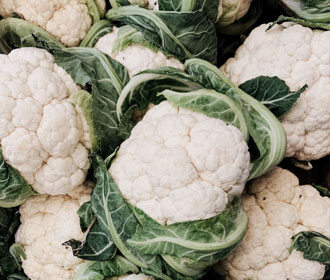
Cauliflower is a delicious cool weather vegetable, and is particularly delicious if you roast it. But how do you ensure the best cauliflower harvest in your garden? Plant these in late August or early September, about six to eight weeks before the first fall frost. Your planting site needs to have a lot of full sun—ideally, pick a spot with about six hours of it. Before planting, add compost to the soil, making sure it remains fertile. This will help to develop one clean head of cauliflower, rather than a number of small ones. If you are planting straight from seeds, put them in rows three to six inches apart and between a quarter and a half inch deep. Water the area regularly (approximately one inch of water a week) and add mulch to help conserve the moisture. If the heat might be too much in your area, find a way to put up a cover to give them occasional shade.
3. Broccoli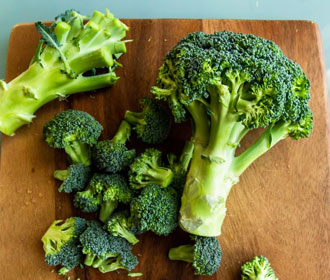
Broccoli is a hardy vegetable, which is why you can plant it a mere 85 days before your first fall frost. In fact, this is often ideal since broccoli thrives in cool weather. Check the frost dates in your specific area. If in doubt, mid-to-late August is usually a safe bet. When planting, make sure the seeds are approximately half an inch deep and 12 to 24 inches apart. If you are planting more than one row, try to leave 36 inches in between each row so the broccoli has enough space to grow fully. Once planted, make sure to fertilize the area three weeks later and keep the soil moist in full sun. However, try to keep the developing broccoli crowns dry.
4. Spinach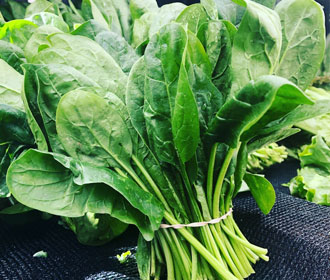
When planting your spinach in the late summer, look for a site with full sun to light shade. If the soil is cool enough, early August is perfect for a fall harvest. Make sure the soil drains well. Plant the seeds from half an inch to a full inch deep and about one inch apart in each row. You can also harvest in the spring, if you protect the young plants with thick mulch or another cold frame through the winter months. Just be sure to adjust planting times accordingly (late August to early September for this).
5. Onions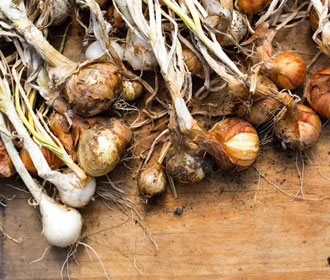
Onions are quite hardy when it comes to colder weather, which makes them perfect for a late summer planting. Look for a spot in your garden with lots of sun where other plants will not get in the way. Make sure the soil is loose, well-drained, and rich in nitrogen. Use fertilizer regularly to help nourish the bulbs, but stop when the bulbs have started above the soil. Ideally, use onion sets, and plant them roughly one inch deep and four inches apart. Water them with about one inch of water a week, including rainfall. Pay close attention and always water during a drought, because the onions will appear healthy even if they are too dry.
6. Radishes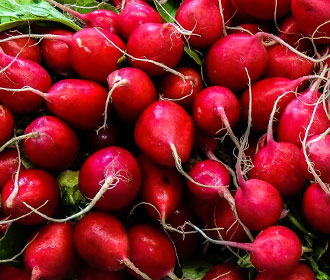
Plant the radish seeds where there is lots of sun, about half an inch to an inch deep in the soil, and one inch apart. Make sure the soil drains well and is consistently moist (but not too wet). You can keep planting them every two weeks while the weather is cool to maintain a good, regular harvest.













